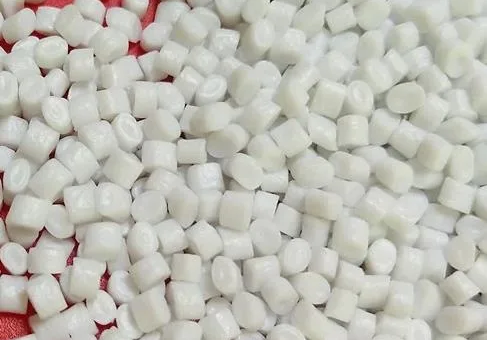Pet Resin for Bottles and Cups
Product Description
PET is among those plastics which are an important part of your everyday life. It is an important commercial polymer having applications ranging from packaging, fabrics, films to molded parts for automotive, electronics and many more. You can find this famous clear plastic around you as water bottle or soda bottle container. Explore more about polyethylene terephthalate (PET) and find out what makes it a suitable choice in several applications. Learn about its key properties, how its blends are made with other thermoplastics and thermosets, processing conditions and ofcourse, benefits that make PET as No. 1 recyclable polymer worldwide.

What is PET plastic
Polyethylene terephthalate (PET or PETE) is a general-purpose thermoplastic polymer which belongs to the polyester family of polymers. Polyester resins are known for their excellent combination of properties such as mechanical, thermal, chemical resistance as well as dimensional stability.
PET is one of the most recycled thermoplastic and has the number “1” as its recycling symbol.
Molecular Structure of Polyethylene Terephthalate
PET Chemical Formula: (C10H8O4)n
Recycled PET can be converted to fibers, fabrics, sheets for packaging and manufacturing automotive parts. Chemically, Polyethylene terephthalate is very much similar to Polybutylene Terephthalate.
PET is highly flexible, colorless and semi-crystalline resin in its natural state. Depending upon how it is processed, it can be semi-rigid to rigid. It shows good dimensional stability, resistance to impact, moisture, alcohols and solvents.
Commercially available PET grades include un-reinforced to glass reinforced, flame retardant and high flow materials for various engineering applications that typically require higher strength and or higher heat resistance. Addition of fillers like glass fibers, CNTs etc. help improve impact strength, surface finish, reduce warpage and several other benefits.
How PET is made
PET is an aliphatic polyester. It is obtained from polycondensation reaction of the monomers obtained either by:
- Esterification reaction between terephthalic acid and ethylene glycol, OR
- Trans-esterification reaction between ethylene glycol and dimethyl terephthalate
The reaction produces PET in the form of a molten, viscous mass which can be easily spun directly to fibers or extruded or molded into almost any shape.
